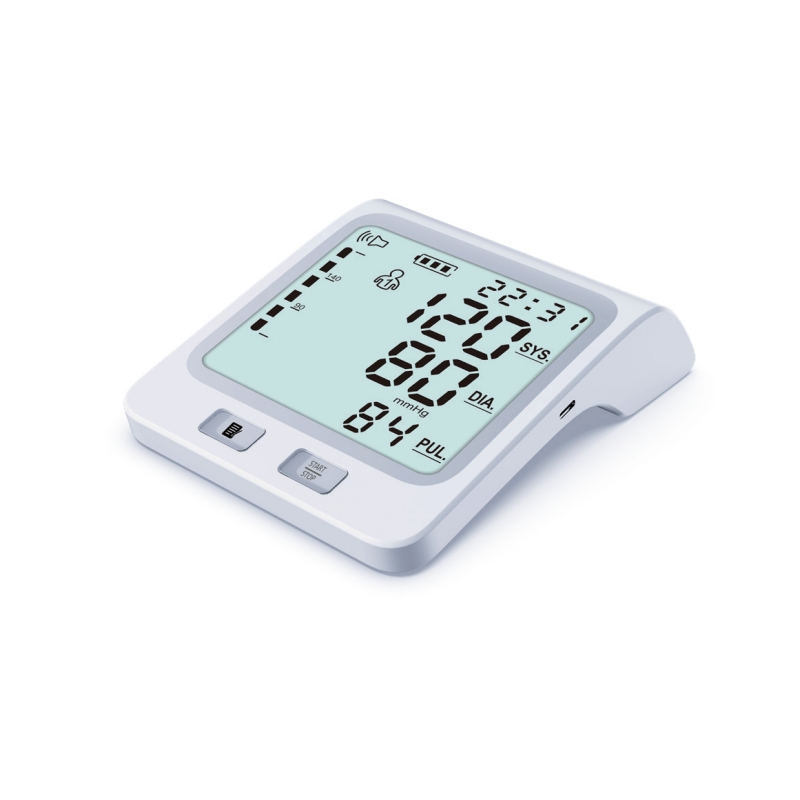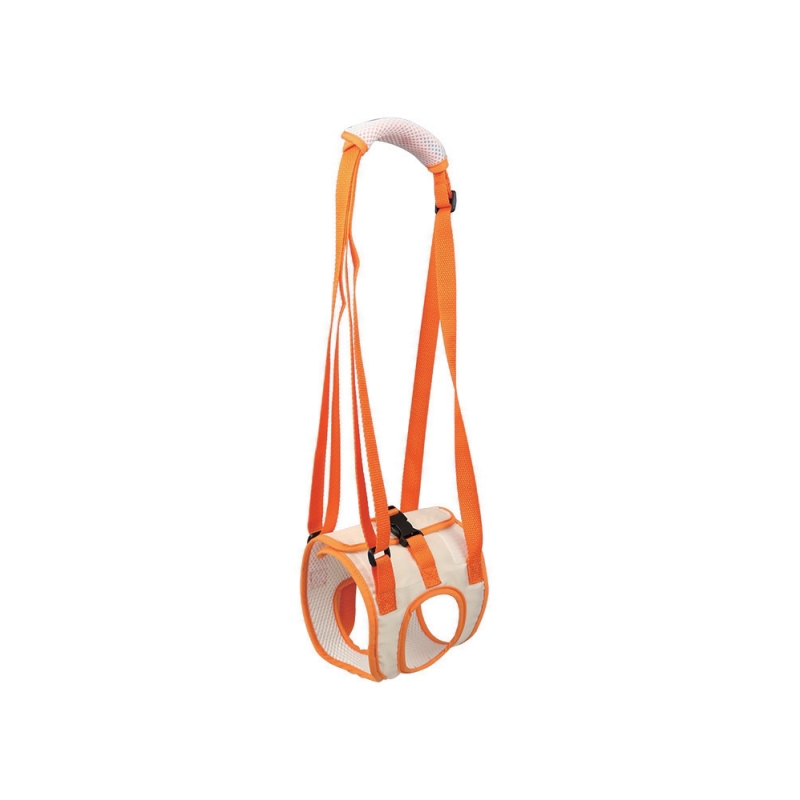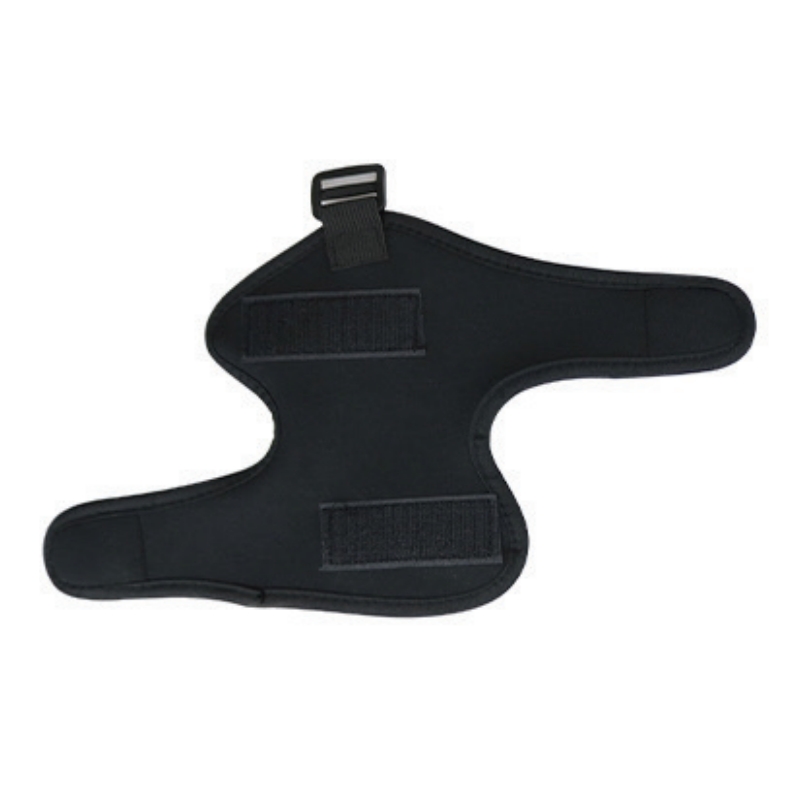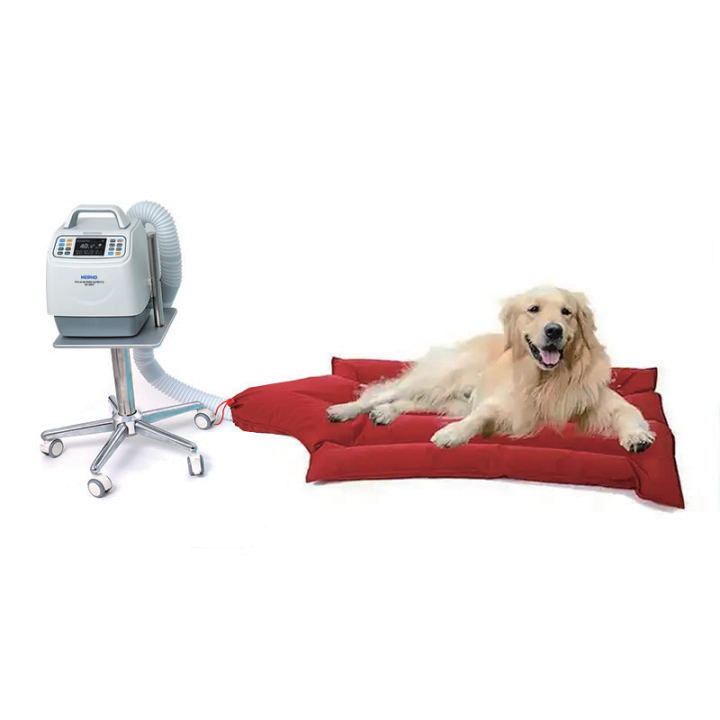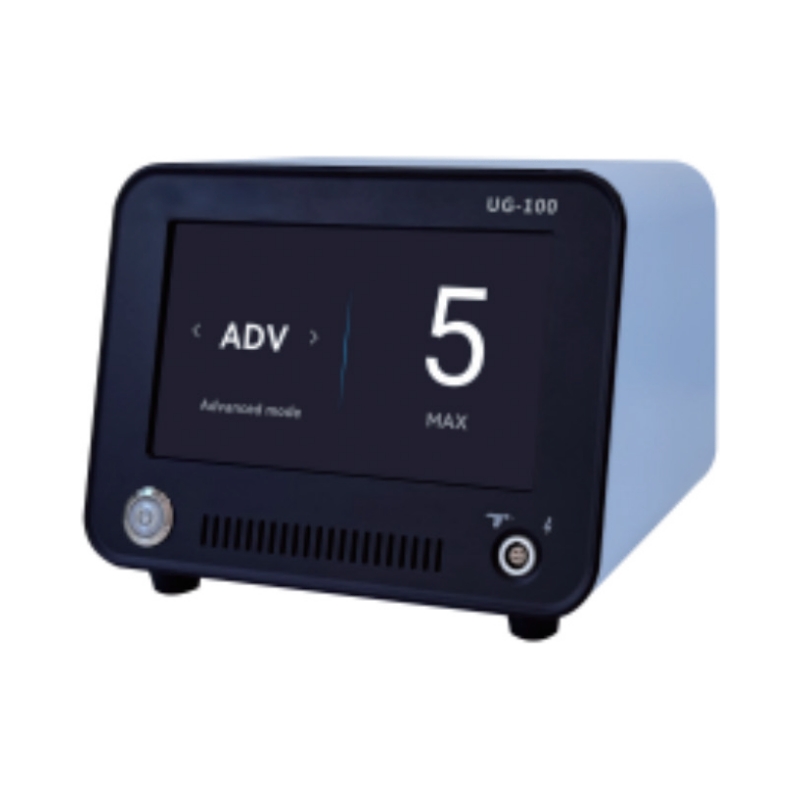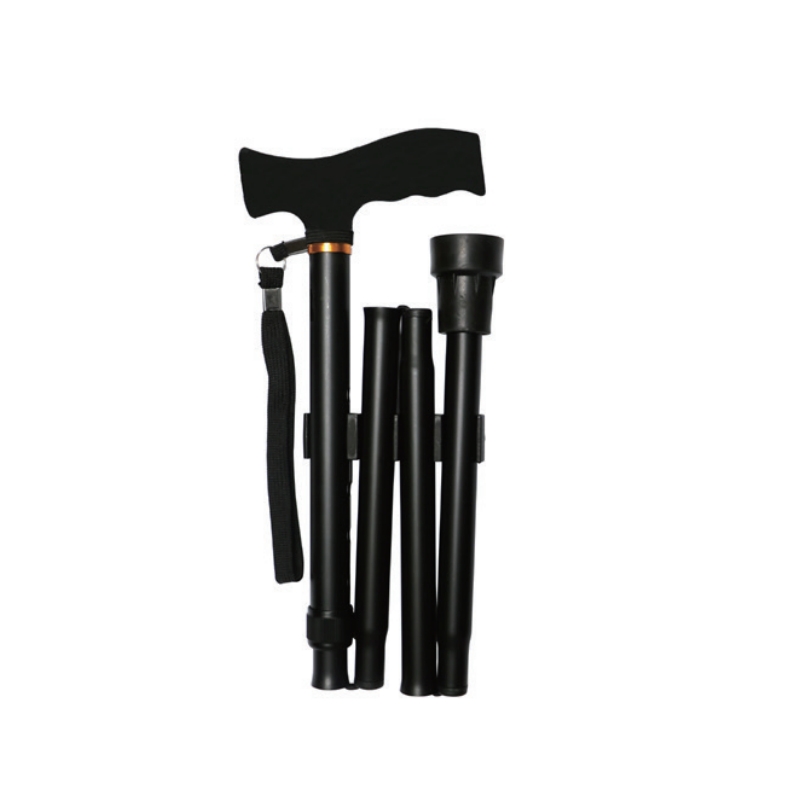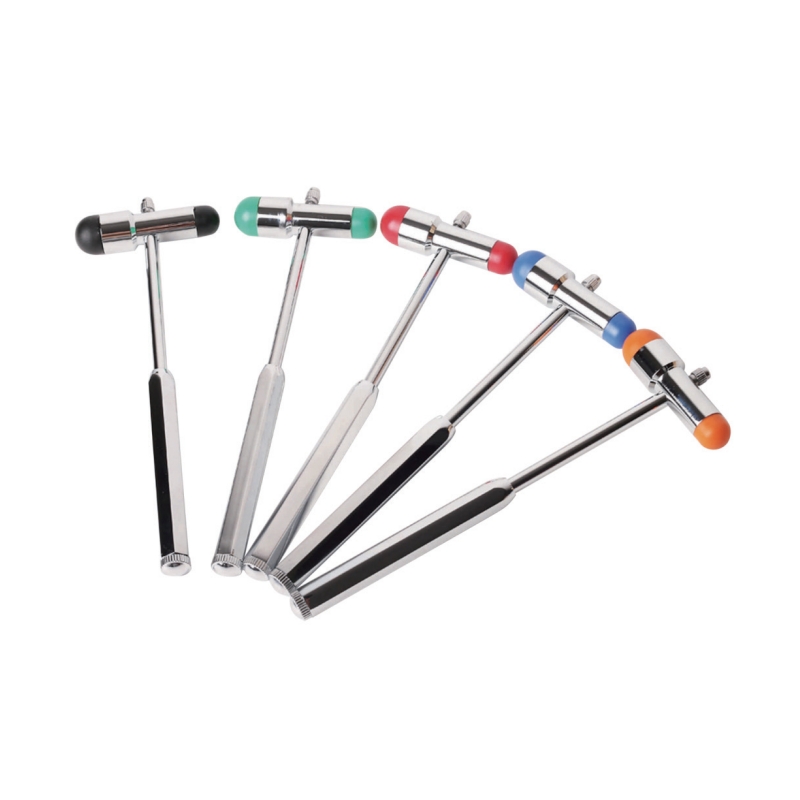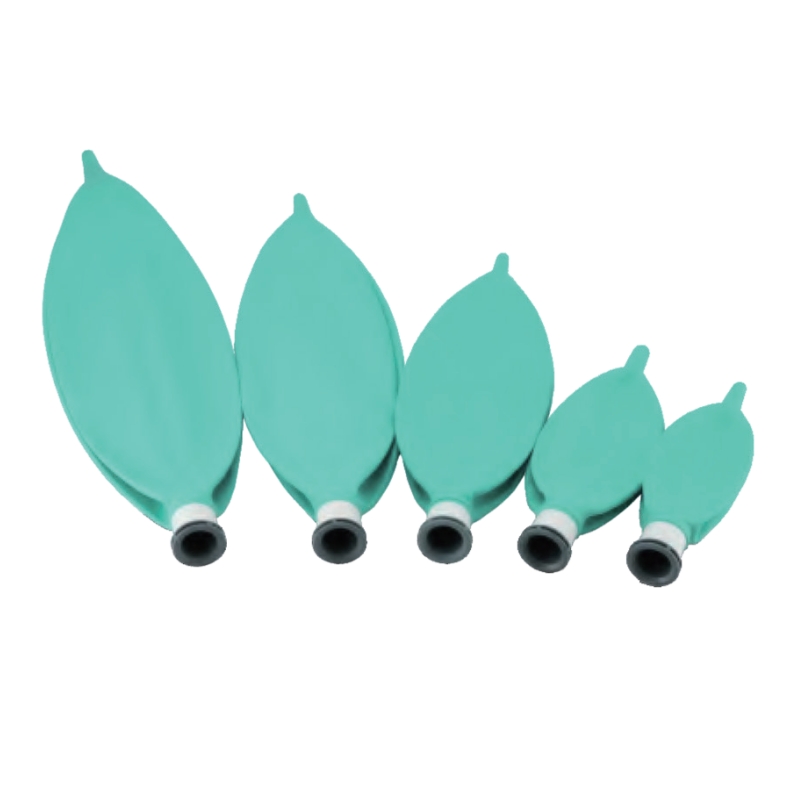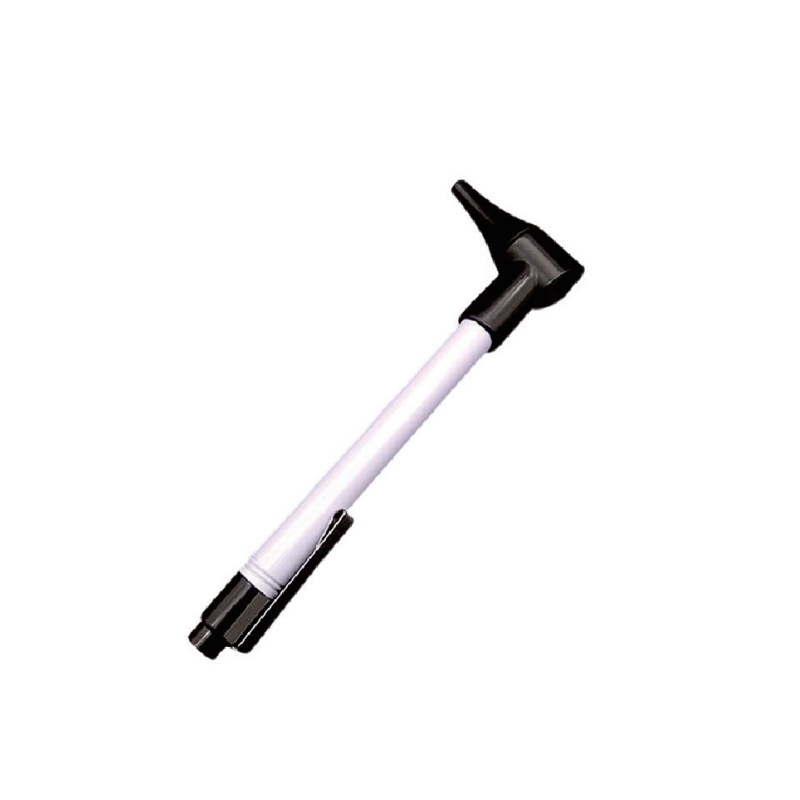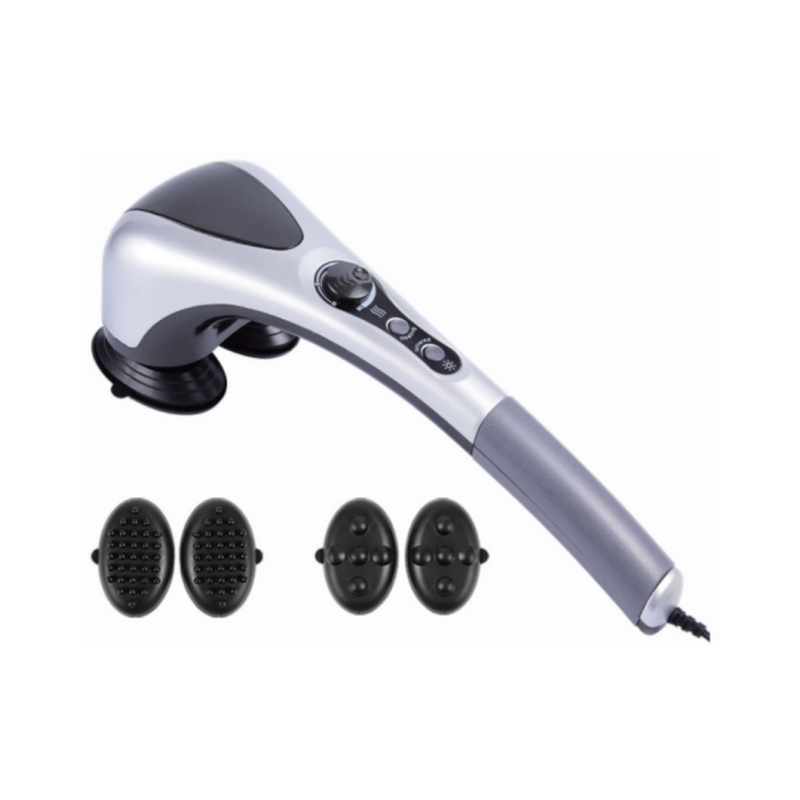Introducing the right oximeter for you
Introducing the right oximeter for you
If you are looking for an answer to the question of what is a pulse oximeter device, this article is for you. Pulse oximeters are devices that can quickly and easily measure and record your heart rate per minute and your blood oxygen level. It was first used in hospitals. It is among the most needed medical devices in intensive care and anesthesia units. There are pulse oximeter devices that measure directly from the finger and can measure from the forehead or ear. It measures the oxygen in the blood by making use of the light passing through the tissue. With this feature, it makes detection faster and easier without taking blood from the patient. There are models produced in sizes that are small enough to fit in a pocket. In addition to devices that can only measure, there are also devices that can record measurement data. Although these records vary from device to device, they can be viewed externally on their own screen or by transferring them to a computer. Pulse oximeters, which can be connected to the internet, send the data directly to the server and provide cloud-based inspection. It is more difficult to delete or lose data, as it is possible to examine cloud-based data from anywhere. It is among the most necessary devices in the home care process for patients. What does the oximeter do? After examining this question briefly, let us inform you about its varieties.
What Does an Oximeter Do?
The oximeter allows you to quickly measure the amount of oxygen in the blood. It can also measure your heart rate quickly.
How Does the Oximeter Work?
Pulse oximetry devices perform color analysis according to whether the hemoglobin present in red blood cells holds oxygen or not. Thanks to its sensors, it uses the color of the blood to detect the oxygen level. The color tone of the blood changes according to the oxygen transport level of the red blood cells. While the device sends infrared light with the sensor on the top, it completes the measurement via the sensor on the other side. Blood with a high oxygen content is bright red and absorbs most of the infrared light. After measuring the amount of light reaching the sensing sensor, the oxygen saturation in the blood is detected.
By using an oximeter, the amount of oxygen in the blood as well as the heart rate can be measured. The sensors in the device measure the beats per minute of the arteries. In this way, the patient’s heart rate can also be displayed through the device. As the sensor quality in pulse oximeter devices increases, the accuracy of the measurements will also increase. It is recommended to measure with higher quality devices in pediatric patients. When measuring with low sensor quality devices, erroneous results may be encountered.
What are the Pulse Oximeter Types?
Like many devices, pulse oximeters are also shaped according to needs. There are models that can be used as battery or battery compatible. Pulse oximeters are divided into 4 according to their usage;
Console oximeter
Wrist oximeter
Handheld oximeter
Fingertip oximeter
The measurement principles of pulse oximeters are the same. The factors that make the difference in the devices are alarm, battery and sensor quality. You need to determine the devices according to your needs. Quality pulse oximeters should be preferred so that the measurements are not inaccurate. Inaccurate measurements may cause unnecessary intervention to the patient or not detecting a risky situation. In such cases, the life of the patient may be endangered.
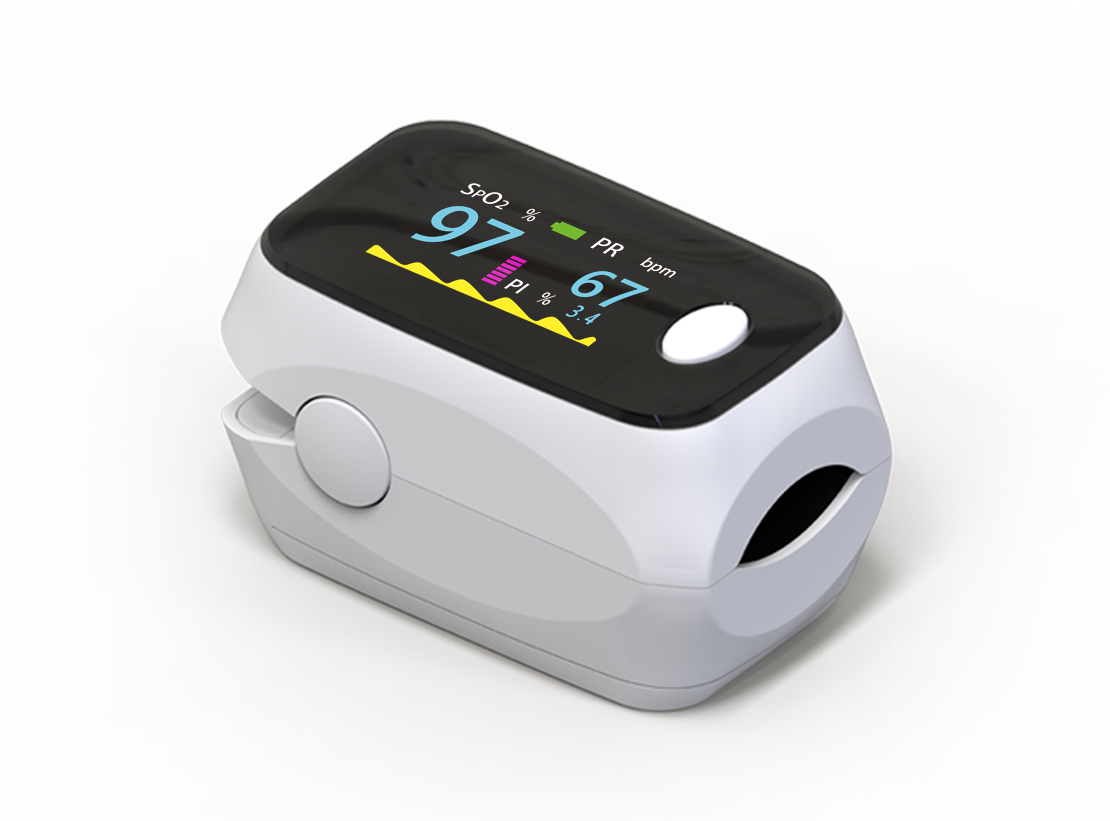

 English
English Spanish
Spanish Turkish
Turkish
